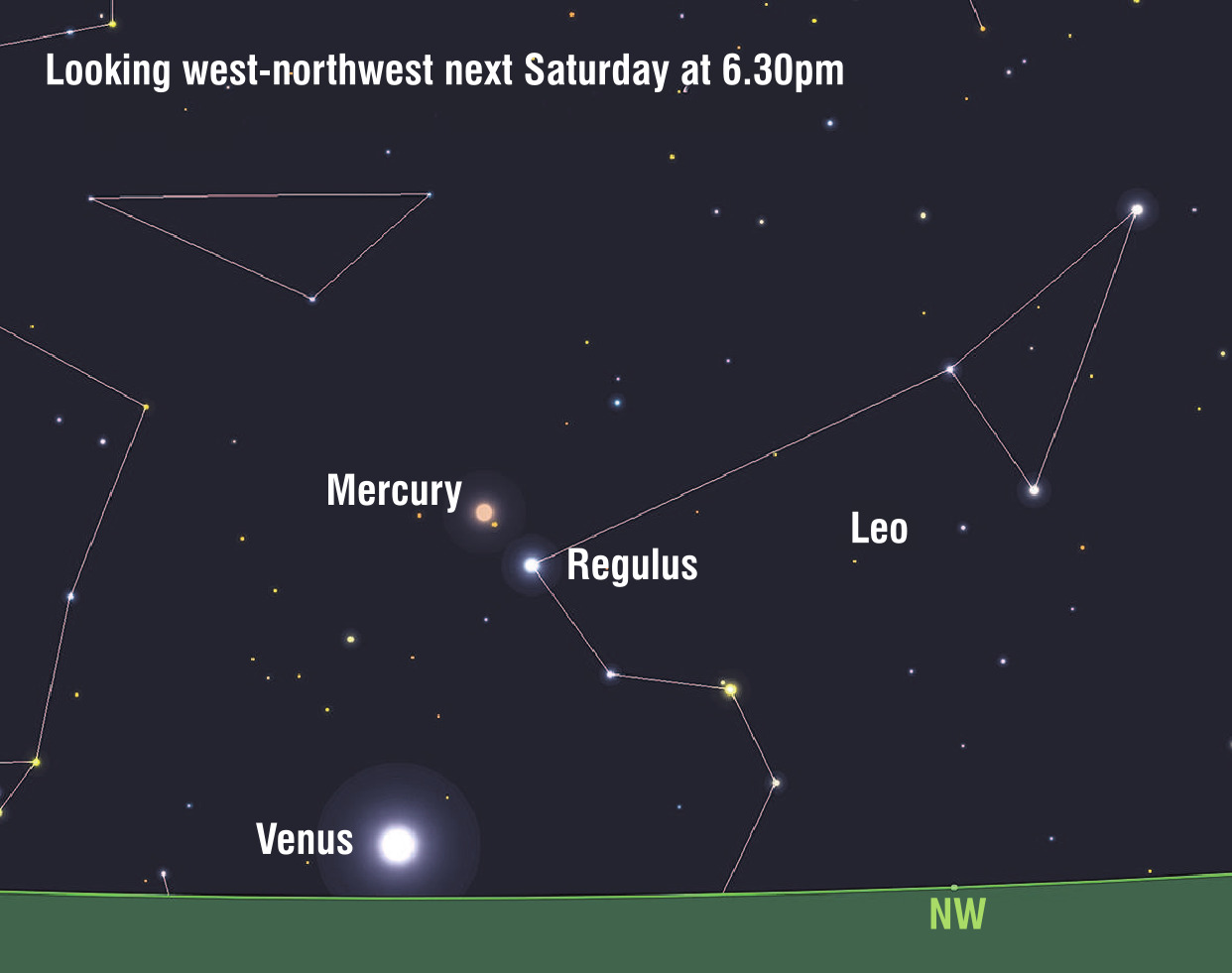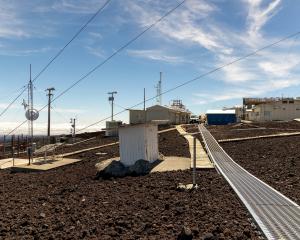
I’m talking about the total solar eclipse of July 22, 2028.
This event, where the moon will cover the entire sun disk for two minutes and 50 seconds, transforming the day into night, is a rare and awe-inspiring sight.

It is never too early to start planning for a total eclipse, so if it is sunny on Monday, remember to check out the sun’s position in the sky at 4.15 and start thinking about where you want to be in 2028.
I plan to observe this eclipse from the deck of my house in Portobello, where the sun will be low over the hills that embrace Otago Harbour. I can’t wait!
By a fortuitous alignment of the cosmos, Mercury, the innermost planet, will reach its greatest elongation at 7pm on July 22.
It will be 27 degrees from the sun, a mere 13 degrees above the horizon in the northwestern sky an hour after sunset. Mercury, currently journeying through the constellation of Leo, is near Regulus, the constellation’s brightest star. The contrast between Mercury’s pinky-red hue and the blue-white brilliance of Regulus is a sight to behold. With a telescope, you’ll be treated to Mercury resembling a crescent moon, just 36% illuminated.
It’s a celestial scene that will leave you in awe. If you’re up for a challenge, you can observe Venus towards the end of the week.
The second planet from the sun, which can approach Earth closer than any other planet, is also moving through the constellation Leo. However, it is much lower in the sky than its planetary sibling.
You will need to find an observing location with an unobscured horizon to see Venus. Look for a stonkingly bright object very close to the west-northwest horizon. It’s a challenge, but the reward is worth it.












